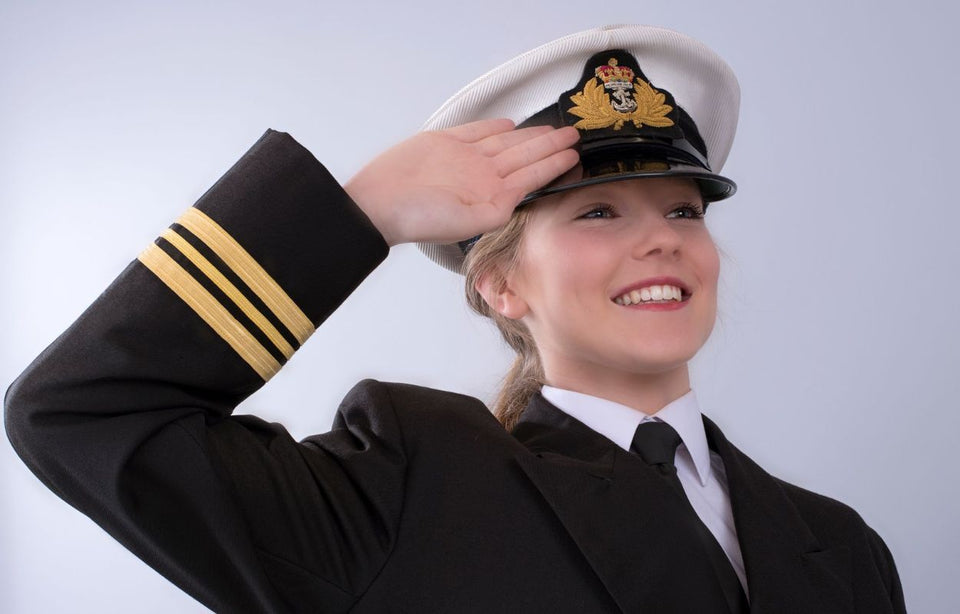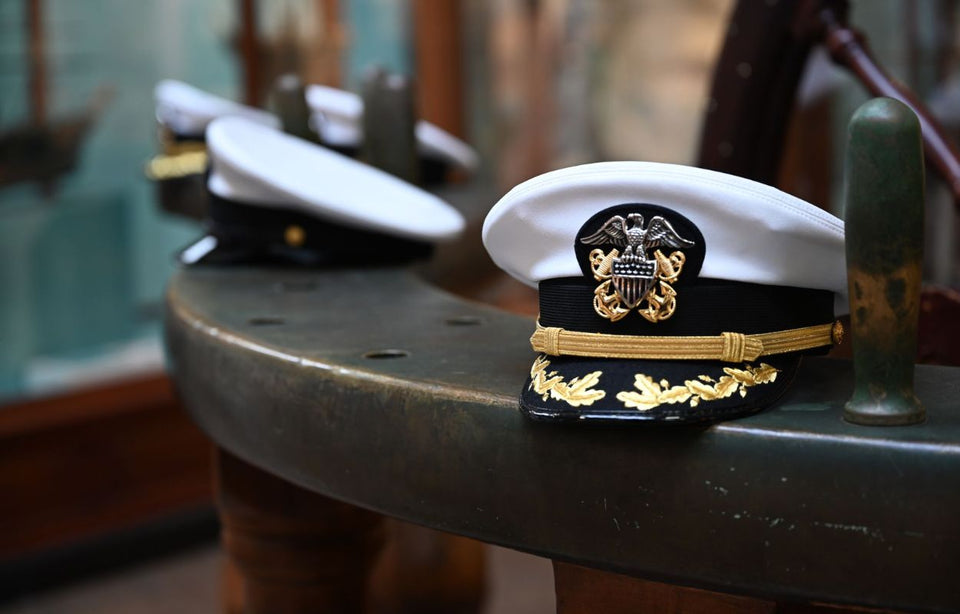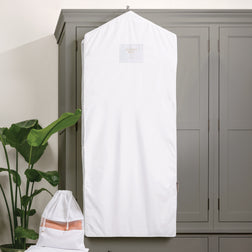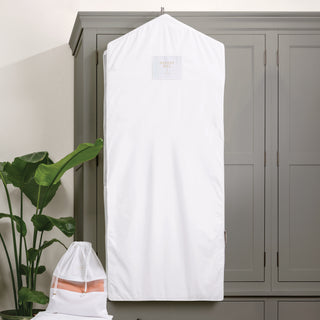It is important to properly care for and store military uniforms to keep them in good condition and extend their lifespan. Following these tips will preserve the beauty of the uniforms so they can be remembered and cherished for many generations to come.
Military uniforms are more than just a piece of clothing. They are a symbol of a person’s service to their country, sacrifice, and dedication to a noble cause.
Military uniforms indicate the rank, branch, and accomplishments of a serviceman or woman and are often passed down from generation to generation. It’s heirlooms like these that help tell the story of a family’s history.
So, it is important to care for and store uniforms properly to keep them in pristine condition
Military Uniform Types
Military life includes several different uniform types, including the dress uniform, service uniform, and utility uniform, each serving a specific purpose with different care requirements.
At the top of the formality hierarchy is the dress uniform, which is reserved for ceremonial and special occasions. Next is the service uniform, which is the standard dress for routine operations and noteworthy formal events. Lastly, the utility uniform, created for function and practicality, serves as the ideal attire for vigorous training, combat situations, and physical exertion.
How to Care for a Military Uniform
Military uniforms are made of specific materials that require special care, and following proper care instructions is key to maintaining their pristine condition. Here are a few tips that will help you care for military uniforms properly to extend their lives:
1. Follow care instructions.
Caring for your military uniform well begins with following the manufacturer's care instructions. Each uniform type is made from different materials and might require different care methods. As such, reading and following the instructions closely is paramount.
2. Clean uniforms gently.
Put on cotton gloves if you need to remove any medals, ribbons, or other decorations from the uniform. Using cotton gloves when handling metal is essential because oils on fingers might transfer to the decorations, which can gradually rust and discolour them.
Put aside the medals and decorations to be cleaned separately. Then take the uniforms to be dry cleaned at a reputable facility that specializes in delicate items.

However, do not take a uniform to the dry cleaner if it is in poor condition. Instead, dust the uniform with a soft brush and use a chemical spot remover to eliminate any unpleasant stains. When applying any spot remover, try an inner section of the material that is not visible to confirm that the spot remover will not affect the fabric’s colour.
3. Wash only as often as necessary.
Uniforms should be cleaned regularly, depending on the amount of use, to eliminate dirt, sweat, and odour. Yet, excessive washing can cause wear and tear to the fabric, so it’s best to wash the uniform only as often as is necessary.
When washing uniforms, don't use hot water as it can damage the material. Instead, use cold water and a gentle detergent. Avoid bleach and fabric softeners as they can cause irreversible damage to the uniform's fibres, compromising its shape.
4. Spot clean rather than wash if possible.
If the uniform has a stain that can be easily treated, it is best to spot clean and avoid washing the whole garment. Use a stain remover or mild detergent to clean the affected area. Ensure that you test the solution on an inconspicuous area first to avoid damaging the fabric.
5. Hang to dry.
Always allow the uniform to hang dry. Avoid using a dryer, as temperature extremes can damage the fabric and cause shrinkage. Hang the uniform on a hanger or drying rack and let it air dry completely before storing it.
6. Iron with care.
Ironing is a necessary step for keeping a military uniform looking sharp and polished. However, it must be ironed carefully to avoid damaging the fabric.
Set the iron to low heat and avoid ironing any embroidered details, ribbons, and other items. Use a pressing cloth to protect the fabric and prevent shine marks.
7. Promptly repair any damages.
If you notice any tears in the fabric, holes, or loose threads, repair them immediately. Damages that are not addressed can get worse and may even compromise the functionality of the uniform. If needed, have a tailor inspect and fix any seams or stitching to ensure the uniform remains in good condition.
8. Limit sun exposure.
Prolonged exposure to the sun or extreme temperatures can cause your uniform to fade and lose its colour. It is best to avoid hanging your uniform outside or in direct sunlight.
How to Store Military Uniforms
Storing military uniforms for preservation takes careful consideration. The material of the uniform itself, the environmental conditions, the storage space, and the storage bags all require thought and attention.
1. Use acid-free tissue paper.
Protect the uniform using acid-free tissue paper, which is pH neutral and does not contain harmful chemicals. Fold the uniform neatly and add a layer of tissue paper over it, making sure to cover the entire surface.
Make as few folds as possible, but make sure the whole garment is covered. This will prevent the garment from creasing or fading and protect it from dust, dirt, and pests.
Using acid-free tissue paper is crucial for extending the uniform's longevity and preserving its historical significance, especially with old military uniforms.

2. Store uniforms in a dark place.
Proper storage of military uniforms is important for preventing fabric damage. Sunlight or artificial light can cause significant damage to a uniform, particularly vintage or old uniforms. Faded uniforms can decrease the historical value and overall aesthetic appeal of the garment.
To prevent this, store the uniform in a dark and dry location, free from any light exposure. A closet, drawer, or cabinet are all possible storage locations. It's also important to prevent any moisture from accumulating on the uniform, as such conditions can lead to the development of mould and mildew.
3. Use an organic storage bag.
One of the easiest ways to ensure military uniforms stay protected while in storage is to store them in breathable, organic storage bags. High-quality garment bags and storage bags are made from lightweight materials such as organic cotton and are the best choice for storing military clothing. These types of storage and garment bags protect uniforms from dust, light, moths, mould, and condensation.
Hayden Hill bags are made of 100% organic, soft cotton that is environmentally friendly and allows military uniforms to breathe while keeping them protected from damage.
It's also important not to overstuff the storage bag. This adds weight and can cause creases and wrinkles. Storage bags are available in a variety of shapes and sizes and can be used for different styles of military garments. For example, larger storage bags can be used for bulkier uniform sets.
4. Avoid hanging uniforms.
Military uniforms that are hung for long periods can lose their form over time. The weight of the garment combined with gravity creates excessive weight on certain areas of the uniform, which can cause tears.
However, if you must hang your uniform, consider using a padded hanger to evenly distribute its weight and prevent damage. A uniform on a hanger should be stored in a breathable, organic hanging garment bag for protection.

5. Keep uniforms away from heat sources.
Keeping military uniforms away from heat sources is important to avoid damage. Heat can cause textiles to shrink, causing irreversible damage. Do not store uniforms near a heat source like a radiator, A/C, or other heating devices.
6. Use archive tissue paper to wrap medals.
Archive tissue paper is excellent for individually wrapping tiny items and medals. It can also be used to stuff the insides of uniforms and hats, which will help the garments maintain their shape.
7. Check on uniforms regularly.
To preserve military uniforms, it's important to check on them occasionally even if they have been cleaned and stored properly. This will help you catch any damages early and have them repaired before they get worse.
FAQs
What should I do with used military uniforms?
If you don’t want to keep the uniforms yourself and they are still in good condition, you could consider giving them to a military organisation like the ROTC to be worn for training. You could also donate them to military-only thrift stores. But, before you donate them, don’t forget to remove any insignia and names first.
Should I keep my military uniform?
If it's allowed, consider keeping your uniform, at least for a while. These special garments hold memories of a significant part of your life, are a part of our country’s history, and can be passed down to family members.

It is important to properly care for and store military uniforms to keep them in good condition and extend their lifespan. Following these tips will preserve the beauty of the uniforms so they can be remembered and cherished for many generations to come.
Hayden Hill is honoured to create products that preserve and protect the clothes you love most.








